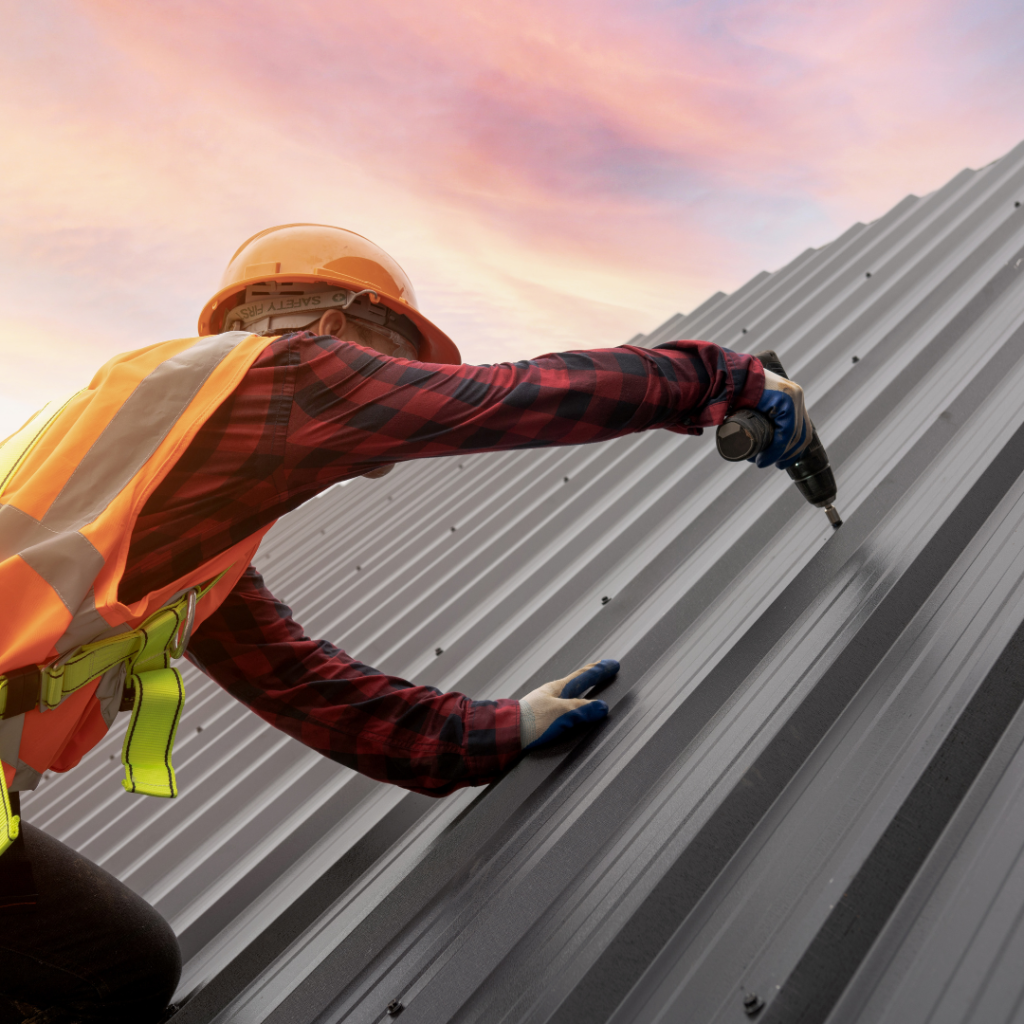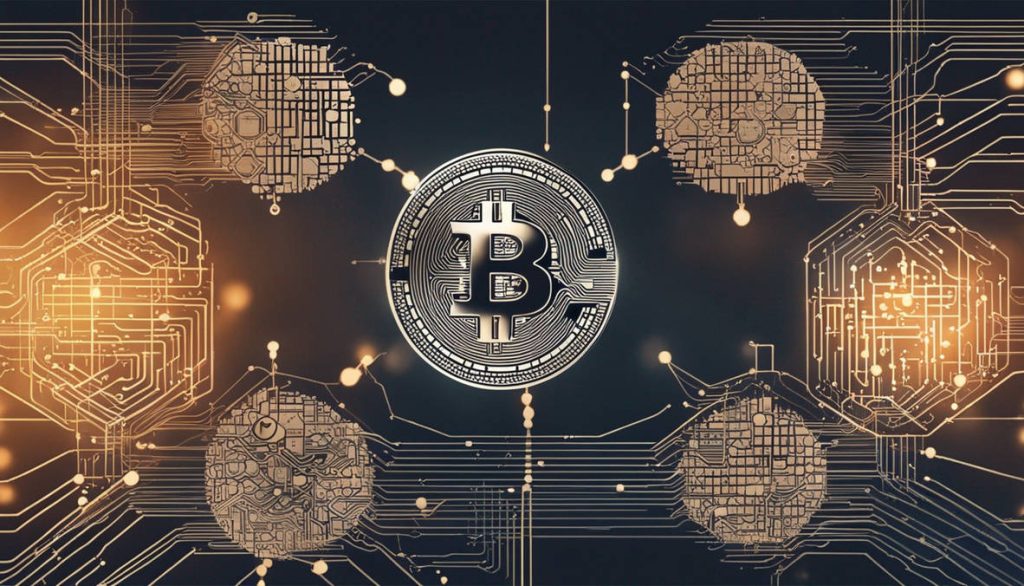For both residences and businesses, metal roofing is a strong and energy efficient alternative. Having become a popular roofing option since it can last well, improve energy efficiency, and survive severe weather, it has grown to be a preferred building material. Before you invest, however, it is absolutely important to know the metal roof cost in 2025. Materials, work, and extra installation requirements all affect the cost together with several others.
Determinants influencing the cost of a metal roof’s
Several factors determine the overall price of a metal roof. The overall cost is largely dependent on the kind of metal employed. Common materials are aluminum, iron, copper, and zinc, each with its own traits and cost.
The final cost is also influenced by labor costs. Professional installation calls for expert work; costs may differ based on project scope and place. Furthermore affecting cost are roof design and size. A simple roof design costs less than a sophisticated one with many angles and slopes.
Types of metal roofing materials
Various metals offer different advantages that influence cost and performance both. Most well recognized for its strength, steel is the most prevalent and cost-effective material. Aluminum is ideal for coastal regions because it is light and rust free. Though they are quite expensive, copper and zinc provide top-of-the-line beauty and durability. All materials have benefits; choice is usually driven by personal tastes as well as financial constraints.
Cost of setup and work hours
Installation cost varies by local labor rates and project complexity. More budget-friendly are simple installations on a one story house with easy roof structure. Labour costs rise, though, if the roof has a sharp slant, many angles, or needs extra reinforcement. Given the way professional advisers give quotes taking into account these criteria, it is crucial to have several bids before going forward.
Another cost to take into account
Apart from the fundamental metal roof cost, other financial concerns have to be considered. A proper and weatherproof installation calls underlayment, fasteners, and sealant. The removal and dumping costs help to raise the total cost if a previous roof has to be torn off before the metal panels may be installed.
In addition to everything else, insulation is a critical element. Effective metal building insulation controls indoor temperatures, thereby improving energy efficiency. In the absence of some insulation, heat transfer can cause your energy bills to rise. Long-term savings and a cozy living environment come from good insulation investment.
Renewable Energy, Long Term Savings
Energy efficiency is one of a metal roof’s most appealing features. Reflective coatings assist to lower heat absorption, therefore keeping houses cool in the summer. This saves on cooling expenses, therefore metal roofs are an ecologically friendly choice. Although the upfront metal roof price could be greater than that of standard roofing materials, the long-term energy savings balance the first expenditure.
Durability and maintenance considerations
Compared to traditional shingles, a properly installed metal roof calls for little maintenance. Regular checks and now and then cleaning are all that is needed to keep its lifespan. Metal roofs withstand fire, pests, and extreme weather; they will not need regular repairs like asphalt roofs may. Apart from other benefits, the durability factor raises general value and makes long-term roofing solutions less expensive.
Does a metal roof justify the expense?
Metal roofing is a great investment for businesses and homeowners seeking longevity, energy efficiency, and cost effectiveness. Although the metal roof cost can be higher initially, the benefits far justify the investment. It still stands among the best roofing options for 2025 because of its minimal maintenance, ability to stand up to rough weather, and possible energy savings.
Conclusion
When one selects a metal roof, one must weigh the labor, materials, and extra expenses such as the metal building insulation. Although the initial expense may appear significant, the long-term advantages of minimal maintenance, energy efficiency, and longevity mean it is an intelligent purchase. Knowing what influences pricing and looking into few possibilities allows homeowners to make wise choices that improve their house.



